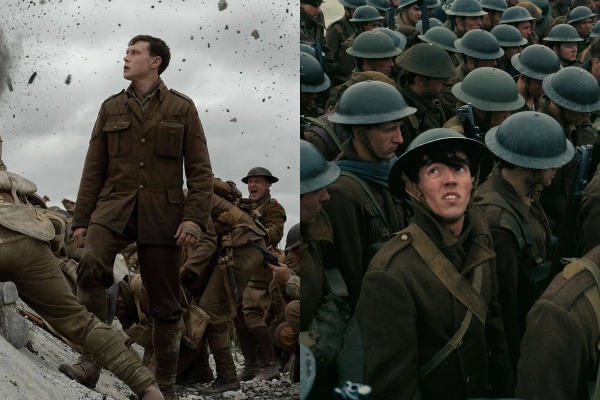Sam Mendes’ war epic, 1917, about two Allied soldiers who must deliver a message across enemy lines to avert a disaster, is officially the Academy Awards’ Best Picture front-runner. The last time a war movie received a…

Just how violent has the beloved fighting game become?







